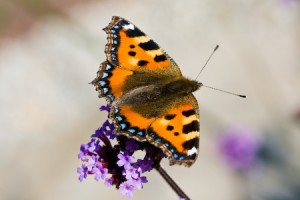A lull in the damp weather that has marked (or maybe that should be marred) recent weekends sent us out for a quick walk. Not being sure how far we were going to go due to a bad back and the gathering grey clouds of doom and rain I was armed only with a small pair of binoculars and my small camera.
Destination – Country Park. We came in through the back entrance, across the meadow and immediately spotted a Jay. As my other half has an aversion to these birds since one threw a branch of an oak tree at his head, we headed in the opposite, and less muddy direction. I immediately spotted a green woodpecker which flew across the path in the distance and perched on the fence. As we got closer it helpfully flew back across the path flashing its bright green rump and flying with that unmistakeably woodpecker undulation. A good start to the walk.
Next, a kingfisher. It darted across the path like a bullet, stocky, but pointy, and flew arrow straight along the stream, a flash of electric blue.
I didn’t think things could get much better really, but they did. We walked through the woods, robins were ticking away (James thinks they are establishing their territory in advance of the european immigrants that often swell the numbers of song birds in the winter) and along the edge of the water. There were a few more birds about than last week, and something caught my eye amongst a group of, as usual, slumbering pochard. There was another bird in there, slightly bigger, with a chestnut head, white sides and a bright red beak. It was a red crested pochard, something I have never seen before. It is a continental bird, and it is thought that those found in the UK are probably descended from escapees. Still, I was excited by this unexpected find.
Further round the Country Park the birds were having a harder time out on the water. There were flocks of gulls trying to remain still in the wind whilst they looked for food in the water, occasionally giving up the struggle, letting go and being swept off before coming back into position and starting again. Occasionally one would dive and catch something, whilst being watched by grebes for anything that got away.
Still no redwings, and no goosander – Winter has not yet arrived.







